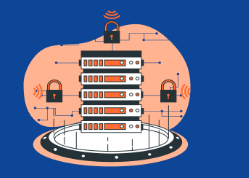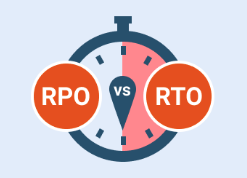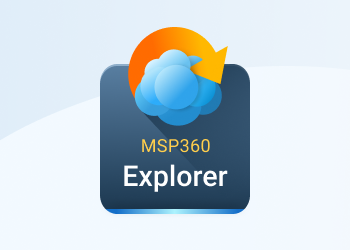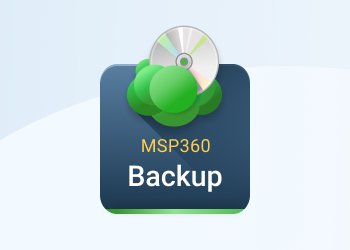We are happy to introduce MSP360 Backup for Microsoft 365 and Google Workspace 4.8, which brings a major addition to the storage experience – built-in managed cloud storage.
With this release, the need for third-party storage setup is entirely eliminated, configuration time is reduced, and administrators can start protecting Microsoft 365 and Google Workspace data immediately upon sign up. Continue reading
OneDrive for Business Support in MSP360 Explorer 2.8 for Azure
MSP360 Explorer for Azure has been updated to expand the list of available cloud storage solutions. Namely, Microsoft OneDrive for Business is now supported.
Continue reading
MSP360 Backup: How to Move Repository
MSP360 Backup uses local index database called repository to minimize the number of requests to S3. Under certain conditions the database can grow. So it is sometimes necessary to move the repository to another disk with more space. Technically the repository is an SQLite database file called CBBackup.db
Support for larger Azure Block Blobs in MSP360 Backup & Explorer
Microsoft has recently updated its Azure Storage architecture to increase the size of the maximum allowable block size. The latest editions of MSP360 Backup and MSP360 Explorer for Windows have in turn timely gained support for this novelty.
Cross-Account Copy with MSP360 Explorer for Windows Azure
MSP360 Explorer for Microsoft Azure now supports cross-account copy – a feature of Microsoft Azure that allows copying data between storage accounts within the Azure infrastructure. With the latest enhancements, Explorer for Microsoft Azure has become one of the most efficient and easy solutions for moving data from one Azure account to another. Cross-account copy allows saving time and funds on data migration as you don’t need to move data from Azure to your local computer and back anymore.
Continue reading
How to Setup Object Expiration with MSP360 Explorer for Amazon S3
Bucket Lifecycle feature in MSP360 Explorer allows users to specify Object Expiration policy for Amazon S3. This feature makes it easier for our customers to use the functionality of Amazon S3. Lifecycle feature now consists of two options: Object Expiration and Transition.
Continue reading
Creating Google Cloud Lifecycle Rules in MSP360 Explorer
We recently wrote an overview of Google Cloud Storage classes. However, working with various storage classes is not limited to selecting them. Google also allows you to set lifecycle rules for buckets. Naturally, MSP360 Explorer is capable of creating these rules.
Continue reading
S3 tagging in MSP360 Explorer 5.0
Amazon has recently introduced S3 Object Tagging. With S3 Object Tagging, you can manage and control access for Amazon S3 objects. S3 Object Tags are key-value pairs applied to S3 objects which can be created, updated or deleted at any time during the lifetime of the object. With these, you’ll have the ability to create Identity and Access Management (IAM) policies, setup S3 Lifecycle policies, and customize storage metrics. These object-level tags can then manage transitions between storage classes and expire objects in the background. The latest version of MSP360 Backup supports S3 tagging out of the box.
Continue reading
“Favorites” Feature in MSP360 Explorer for Amazon S3
MSP360 Explorer Supports Amazon S3 Large Objects
We are excited about Amazon S3 team removing the restriction for the object size. No longer you are limited to the 5GB objects and you don't have to break down larger files into smaller parts to be able to upload and store them. Continue reading
Introducing All-In-One MSP360 Explorer
As you know, MSP360 Explorer used to be offered in 2 editions: Free and Pro. Well, no longer! We’ve now incorporated the functionality of both versions into a single build for your convenience. The latest version of MSP360 Explorer offers full-fledged support for all license tiers: freeware, trial Pro, and Pro. Continue reading
Support “Multi-Object Delete” Feature in MSP360 Explorer for Amazon S3
This article explains how to use the "Multi-Object Delete" feature of Amazon S3 in MSP360 Explorer. Continue reading








